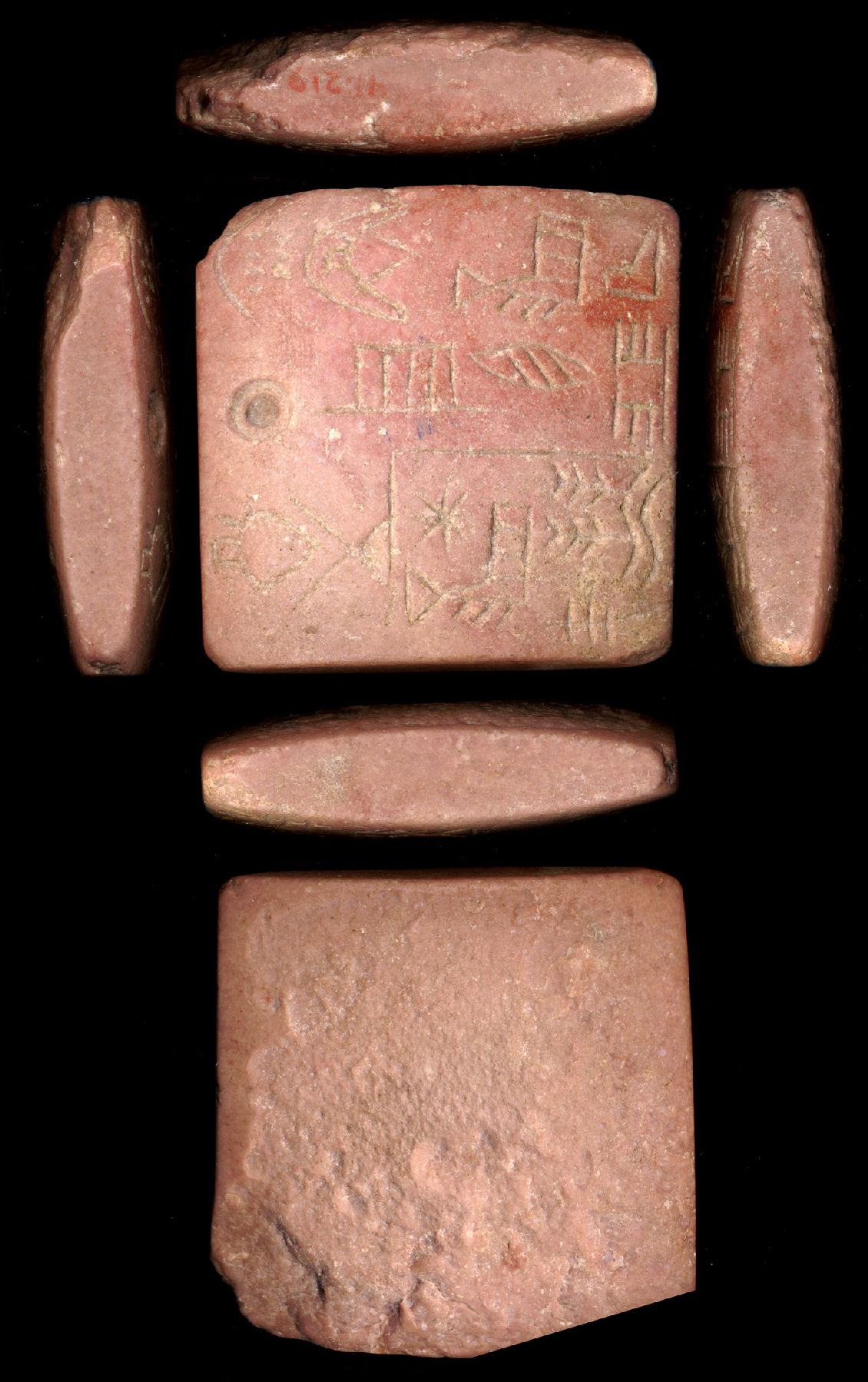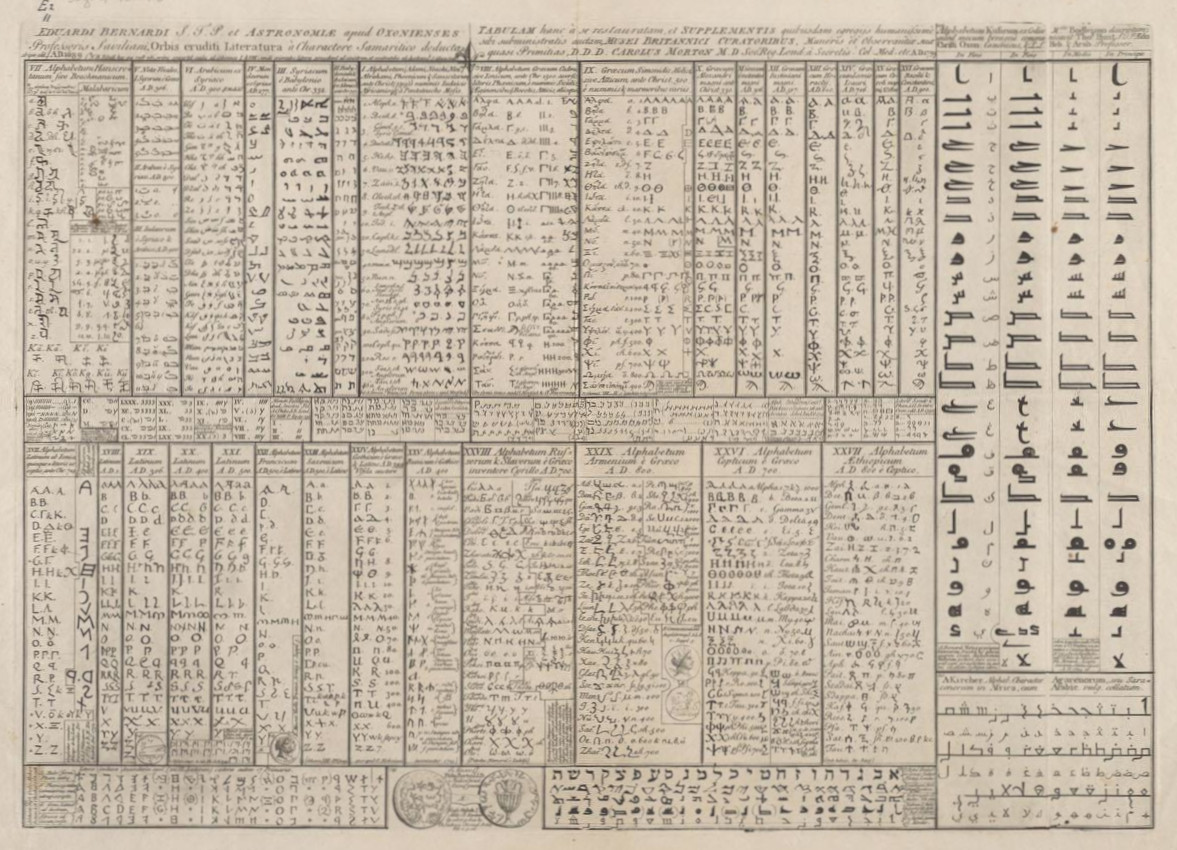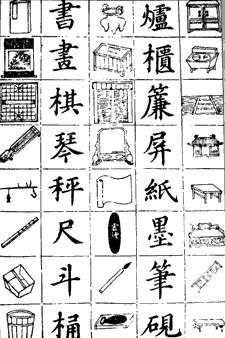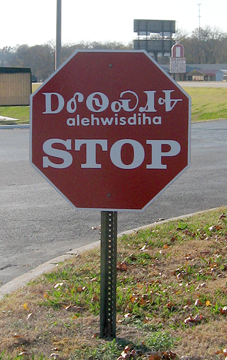|
Logogram
In a written language, a logogram, logograph, or lexigraph is a written character that represents a word or morpheme. Chinese characters (pronounced ''hanzi'' in Mandarin, ''kanji'' in Japanese, ''hanja'' in Korean) are generally logograms, as are many hieroglyphic and cuneiform characters. The use of logograms in writing is called ''logography'', and a writing system that is based on logograms is called a ''logography'' or ''logographic system''. All known logographies have some phonetic component, generally based on the rebus principle. Alphabets and syllabaries are distinct from logographies in that they use individual written characters to represent sounds directly. Such characters are called ''phonograms'' in linguistics. Unlike logograms, phonograms do not have any inherent meaning. Writing language in this way is called ''phonemic writing'' or ''orthographic writing''. Etymology Doulgas Harper's Online Etymology Dictionary states that the term 'logogram' was derived from ... [...More Info...] [...Related Items...] OR: [Wikipedia] [Google] [Baidu] |
Writing System
A writing system is a method of visually representing verbal communication, based on a script and a set of rules regulating its use. While both writing and speech are useful in conveying messages, writing differs in also being a reliable form of information storage and transfer. Writing systems require shared understanding between writers and readers of the meaning behind the sets of characters that make up a script. Writing is usually recorded onto a durable medium, such as paper or electronic storage, although non-durable methods may also be used, such as writing on a computer display, on a blackboard, in sand, or by skywriting. Reading a text can be accomplished purely in the mind as an internal process, or expressed orally. Writing systems can be placed into broad categories such as alphabets, syllabaries, or logographies, although any particular system may have attributes of more than one category. In the alphabetic category, a standard set of letters represent ... [...More Info...] [...Related Items...] OR: [Wikipedia] [Google] [Baidu] |
Egyptian Hieroglyphs
Egyptian hieroglyphs (, ) were the formal writing system used in Ancient Egypt, used for writing the Egyptian language. Hieroglyphs combined logographic, syllabic and alphabetic elements, with some 1,000 distinct characters.There were about 1,000 graphemes in the Old Kingdom period, reduced to around 750 to 850 in the classical language of the Middle Kingdom, but inflated to the order of some 5,000 signs in the Ptolemaic period. Antonio Loprieno, ''Ancient Egyptian: A Linguistic Introduction'' (Cambridge: Cambridge UP, 1995), p. 12. Cursive hieroglyphs were used for religious literature on papyrus and wood. The later hieratic and demotic Egyptian scripts were derived from hieroglyphic writing, as was the Proto-Sinaitic script that later evolved into the Phoenician alphabet. Through the Phoenician alphabet's major child systems (the Greek and Aramaic scripts), the Egyptian hieroglyphic script is ancestral to the majority of scripts in modern use, most prominently the Latin ... [...More Info...] [...Related Items...] OR: [Wikipedia] [Google] [Baidu] |
Cuneiform Script
Cuneiform is a logo- syllabic script that was used to write several languages of the Ancient Middle East. The script was in active use from the early Bronze Age until the beginning of the Common Era. It is named for the characteristic wedge-shaped impressions ( Latin: ) which form its signs. Cuneiform was originally developed to write the Sumerian language of southern Mesopotamia (modern Iraq). Cuneiform is the earliest known writing system. Over the course of its history, cuneiform was adapted to write a number of languages in addition to Sumerian. Akkadian texts are attested from the 24th century BC onward and make up the bulk of the cuneiform record. Akkadian cuneiform was itself adapted to write the Hittite language in the early second millennium BC. The other languages with significant cuneiform corpora are Eblaite, Elamite, Hurrian, Luwian, and Urartian. The Old Persian and Ugaritic alphabets feature cuneiform-style signs; however, they are unrelated to the cu ... [...More Info...] [...Related Items...] OR: [Wikipedia] [Google] [Baidu] |
Sumerian Language
Sumerian is the language of ancient Sumer. It is one of the oldest attested languages, dating back to at least 3000 BC. It is accepted to be a local language isolate and to have been spoken in ancient Mesopotamia, in the area that is modern-day Iraq. Akkadian, a Semitic language, gradually replaced Sumerian as a spoken language in the area around 2000 BC (the exact date is debated), but Sumerian continued to be used as a sacred, ceremonial, literary and scientific language in Akkadian-speaking Mesopotamian states such as Assyria and Babylonia until the 1st century AD. Thereafter it seems to have fallen into obscurity until the 19th century, when Assyriologists began deciphering the cuneiform inscriptions and excavated tablets that had been left by its speakers. Stages The history of written Sumerian can be divided into several periods: *Archaic Sumerian – 31st–26th century BC *Old or Classical Sumerian – 26th–23rd century BC *Neo-Sumerian – 23rd– ... [...More Info...] [...Related Items...] OR: [Wikipedia] [Google] [Baidu] |
History Of Writing
The history of writing traces the development of expressing language by systems of markings and how these markings were used for various purposes in different societies, thereby transforming social organization. Writing systems are the foundation of literacy and literacy learning, with all the social and psychological consequences associated with literacy activities. In the history of how writing systems have evolved in human civilizations, more complete writing systems were preceded by ''proto-writing'', systems of ideographic or early mnemonic symbols (symbols or letters that make remembering them easier). ''True writing'', in which the content of a linguistic utterance is encoded so that another reader can reconstruct, with a fair degree of accuracy, the exact utterance written down, is a later development. It is distinguished from proto-writing, which typically avoids encoding grammatical words and affixes, making it more difficult or even impossible to reconstruct the exa ... [...More Info...] [...Related Items...] OR: [Wikipedia] [Google] [Baidu] |
Akkadian Language
Akkadian (, Akkadian: )John Huehnergard & Christopher Woods, "Akkadian and Eblaite", ''The Cambridge Encyclopedia of the World's Ancient Languages''. Ed. Roger D. Woodard (2004, Cambridge) Pages 218-280 is an extinct East Semitic language that was spoken in ancient Mesopotamia (Akkad, Assyria, Isin, Larsa and Babylonia) from the third millennium BC until its gradual replacement by Akkadian-influenced Old Aramaic among Mesopotamians by the 8th century BC. It is the earliest documented Semitic language. It used the cuneiform script, which was originally used to write the unrelated, and also extinct, Sumerian (which is a language isolate). Akkadian is named after the city of Akkad, a major centre of Mesopotamian civilization during the Akkadian Empire (c. 2334–2154 BC). The mutual influence between Sumerian and Akkadian had led scholars to describe the languages as a ''Sprachbund''. Akkadian proper names were first attested in Sumerian texts from around the mid 3rd-mil ... [...More Info...] [...Related Items...] OR: [Wikipedia] [Google] [Baidu] |
Alphabet
An alphabet is a standardized set of basic written graphemes (called letters) that represent the phonemes of certain spoken languages. Not all writing systems represent language in this way; in a syllabary, each character represents a syllable, and logographic systems use characters to represent words, morphemes, or other semantic units. The first fully phonemic script, the Proto-Sinaitic script, later known as the Phoenician alphabet, is considered to be the first alphabet and is the ancestor of most modern alphabets, including Arabic, Cyrillic, Greek, Hebrew, Latin, and possibly Brahmic. It was created by Semitic-speaking workers and slaves in the Sinai Peninsula (as the Proto-Sinaitic script), by selecting a small number of hieroglyphs commonly seen in their Egyptian surroundings to describe the sounds, as opposed to the semantic values of the Canaanite languages. However, Peter T. Daniels distinguishes an abugida, a set of graphemes that represent cons ... [...More Info...] [...Related Items...] OR: [Wikipedia] [Google] [Baidu] |
Hanzi
Chinese characters () are logograms developed for the writing of Chinese. In addition, they have been adapted to write other East Asian languages, and remain a key component of the Japanese writing system where they are known as ''kanji''. Chinese characters in South Korea, which are known as ''hanja'', retain significant use in Korean academia to study its documents, history, literature and records. Vietnam once used the '' chữ Hán'' and developed chữ Nôm to write Vietnamese before turning to a romanized alphabet. Chinese characters are the oldest continuously used system of writing in the world. By virtue of their widespread current use throughout East Asia and Southeast Asia, as well as their profound historic use throughout the Sinosphere, Chinese characters are among the most widely adopted writing systems in the world by number of users. The total number of Chinese characters ever to appear in a dictionary is in the tens of thousands, though most are graph ... [...More Info...] [...Related Items...] OR: [Wikipedia] [Google] [Baidu] |
Written Character
In linguistics, a grapheme is the smallest functional unit of a writing system. The word ''grapheme'' is derived and the suffix ''-eme'' by analogy with ''phoneme'' and other names of emic units. The study of graphemes is called ''graphemics''. The concept of graphemes is abstract and similar to the notion in computing of a character. By comparison, a specific shape that represents any particular grapheme in a given typeface is called a glyph. Conceptualization There are two main opposing grapheme concepts. In the so-called ''referential conception'', graphemes are interpreted as the smallest units of writing that correspond with sounds (more accurately phonemes). In this concept, the ''sh'' in the written English word ''shake'' would be a grapheme because it represents the phoneme /ʃ/. This referential concept is linked to the ''dependency hypothesis'' that claims that writing merely depicts speech. By contrast, the ''analogical concept'' defines graphemes analogously ... [...More Info...] [...Related Items...] OR: [Wikipedia] [Google] [Baidu] |
Syllabaries
In the linguistic study of written languages, a syllabary is a set of written symbols that represent the syllables or (more frequently) moras which make up words. A symbol in a syllabary, called a syllabogram, typically represents an (optional) consonant sound (simple onset) followed by a vowel sound (nucleus)—that is, a CV or V syllable—but other phonographic mappings, such as CVC, CV- tone, and C (normally nasals at the end of syllables), are also found in syllabaries. Types A writing system using a syllabary is ''complete'' when it covers all syllables in the corresponding spoken language without requiring complex orthographic / graphemic rules, like implicit codas ( ⇒ /C1VC2/) silent vowels ( ⇒ /C1V1C2/) or echo vowels ( ⇒ /C1V1C2/). This loosely corresponds to ''shallow'' orthographies in alphabetic writing systems. ''True'' syllabograms are those that encompass all parts of a syllable, i.e. initial onset, medial nucleus and final coda, but since onset ... [...More Info...] [...Related Items...] OR: [Wikipedia] [Google] [Baidu] |
Phonogram (linguistics)
A phonogram is a grapheme (written character) which represents a phoneme (speech sound) or combination of phonemes, such as the letters of the Latin alphabet or Korean letter Hangul. For example, "igh" is an English-language phonogram that represents the sound in "high". Whereas the word ''phonemes'' refers to the sounds, the word ''phonogram'' refers to the letter(s) that represent that sound. Phonograms contrast with logograms, which represent words and morphemes (meaningful units of language), and determinatives, silent characters used to mark semantic categories. See also * Emoji * Logo * Symbol * Syllabogram * Wingdings * Rebus A rebus () is a puzzle device that combines the use of illustrated pictures with individual letters to depict words or phrases. For example: the word "been" might be depicted by a rebus showing an illustrated bumblebee next to a plus sign (+) ..., the use of pictures to represent words or parts of words External links 古代文字資 ... [...More Info...] [...Related Items...] OR: [Wikipedia] [Google] [Baidu] |








